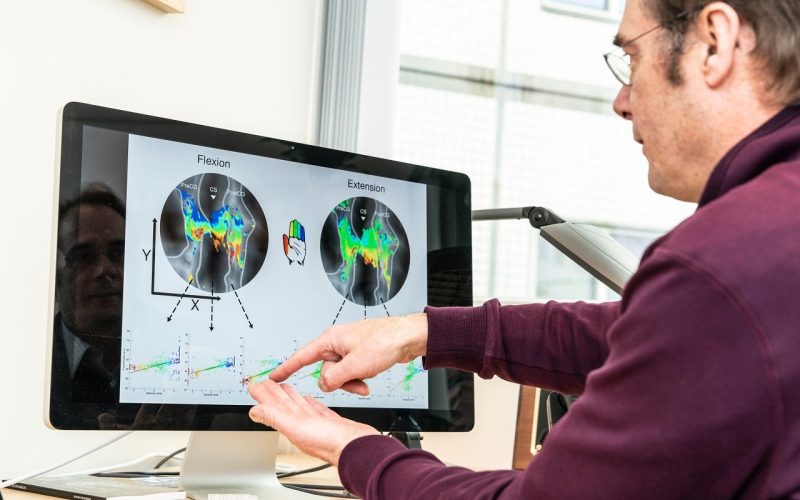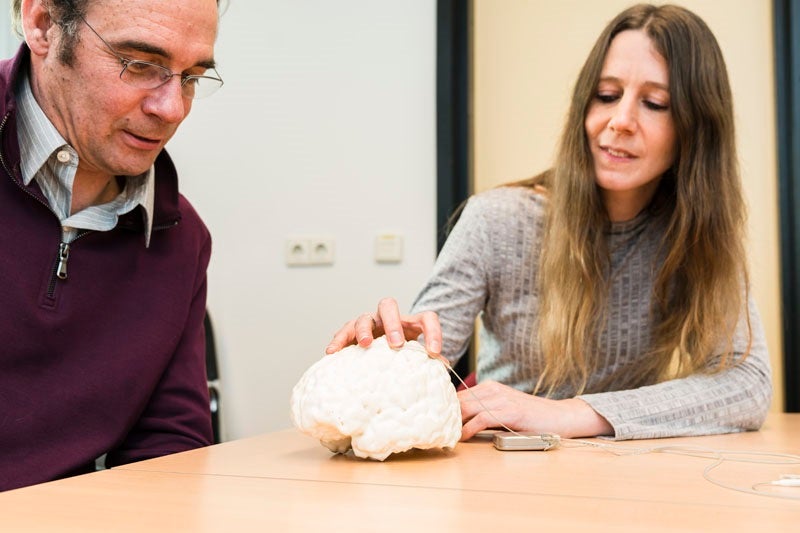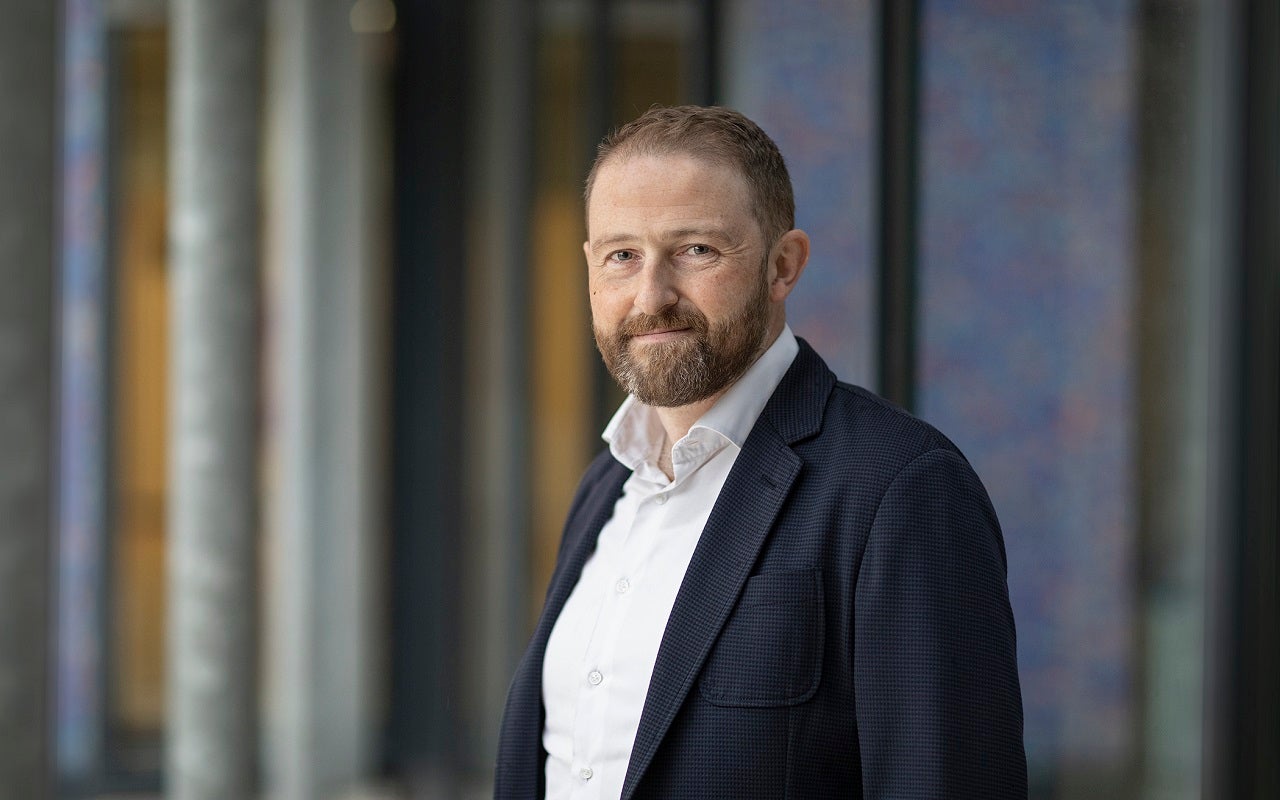A multidisciplinary group of researchers will receive nearly 22 million euros from the Ministry of Education, Culture and Science (OCW) to increase our understanding of the brain. The consortium, led by Radboud University Nijmegen with the participation of researchers from the UMC Utrecht Brain Center, will receive the money in the form of a so-called “Gravity Grant. This funding aims to allow researchers to conduct top multidisciplinary research across disciplines and universities for ten years.
How does our brain work? Despite the high-tech tools available to modern researchers, they have unfortunately not yet managed to answer that question. The complexity of our brain is still a seemingly unsolvable puzzle. In order to lay a few more pieces of that puzzle over the next decade, researchers from several universities and UMCs are now uniting in a consortium called “The Dutch Brain Interfaces Initiative. It is, says Professor Nick Ramsey (Brain Division), also the next step for a partnership that has been around for some time: NeuroTech-NL. Ramsey and his fellow professor Freek Hoebeek (Women & Baby division) are affiliated with the project from UMC Utrecht as principal investigators.
Nick Ramsey is an expert on brain imaging. “This project is pretty basic in nature,” he says, “but we are going to work with people who get electrodes under their skulls for medical purposes, which will also allow us to examine the functioning of the brain.” Good electrodes are needed to pick up brain signals from these patients. Ramsey: “Among other things, we want to figure out what kind of electrodes are best for researching brain function in humans, and how far apart those electrodes should be. We then also want to be able to interpret that brain activity better, so we will be dealing with both the hardware and software side.”
Ramsey is collaborating on this project not only with Hoebeek, but also with associate professor and co-researcher Mariska Vansteensel, and can thus strengthen the collaboration with recently appointed professor Maeike Zijlmans. The knowledge and techniques that this project will yield can also be used for new treatments for people with neurological disorders. “In addition, we can use it to develop better brain-computer interfaces, making it possible for paralyzed people, for example, to control a speech computer using only their thoughts. And the project can lead to smarter deep brain stimulation, for people with Parkinson’s disease or epilepsy.”
Nick Ramsey and Mariska Vansteensel
Professor Freek Hoebeek will focus mainly on analyzing brain activity after early brain damage, for example due to oxygen deprivation. “We do this research in laboratory animals, but currently a laboratory animal is still often fixated while we measure brain activity. Such a lab setting is obviously very unnatural and limits the value of this experimental data for clinical research. In this project, we will develop new methods that allow us to measure the brain activity of laboratory animals while they can live relatively normally in group housing, in large rooms with different compartments.” For this, the UMC Utrecht researchers are working closely with colleagues at Radboud University, Erasmus MC and TU Delft.
The research goes beyond measuring, because Hoebeek and his colleagues (Department for Developmental Origins of Disease) also want to investigate the effects of brain stimulation. “So far we have always done that in model systems, but not yet in the natural situation,” says the professor. “We want to investigate the effects of brain stimulation on brain activity and structure over longer periods of time, to find out to what extent stimulation contributes to the repair of brain damage, how that repair works and how that translates into behavior.” This research is expected to contribute to better treatments for early brain damage. “We are therefore also collaborating with researchers Manon Benders and Cora Nijboer, who are studying the effect of stem cell therapy on early brain damage,” Hoebeek said.
Freek Hoebeek
The Gravity program allows researchers to conduct top university research and multidisciplinary collaboration for ten years. One of the pillars of the program is collaboration across disciplines and universities. Scientists set up excellent scientific research programs together, in consortia. The goal of Gravity is to promote centers of gravity of international excellence.
Minister Robbert Dijkgraaf (OCW): “Rest and space are essential for conducting top-level international research. With this substantial boost, we are offering long-term perspective and adequate funding to collaborating excellent research groups. Researchers from these scientific consortia, who are among the world’s best in their fields, can work on groundbreaking research with Gravity.”


